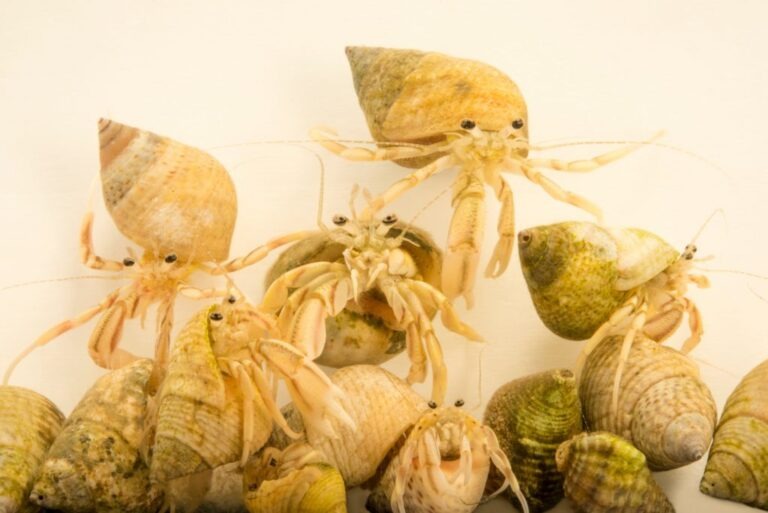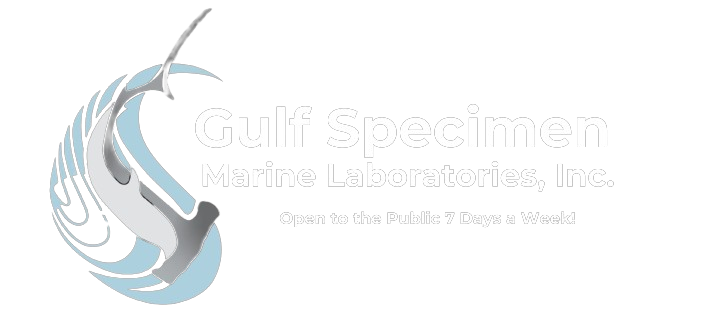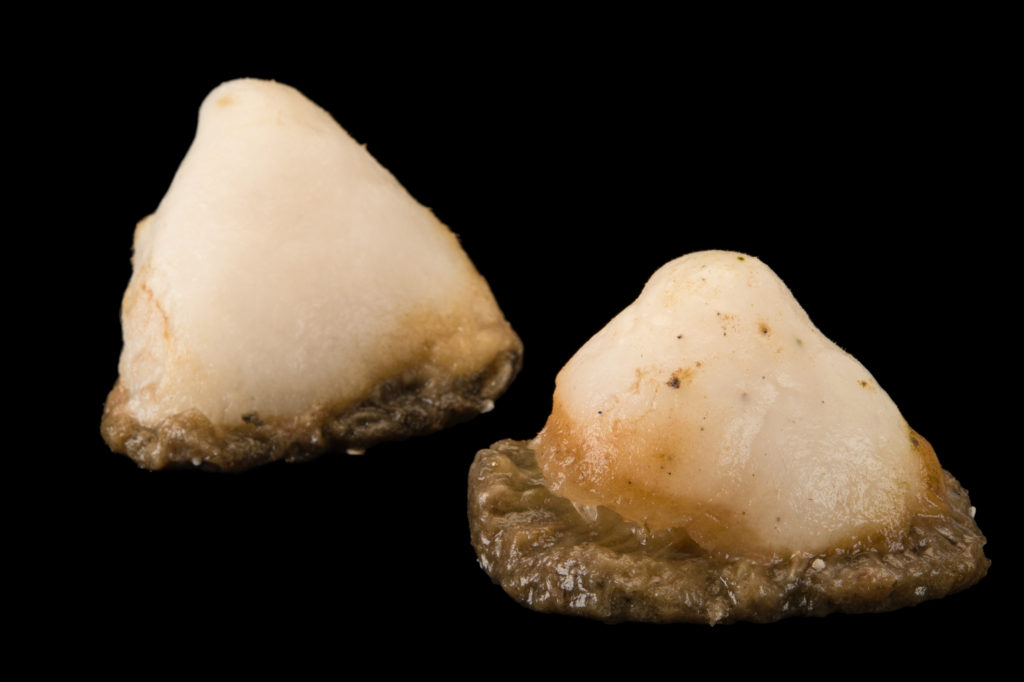Shop
This is where you can browse products in this store.
$135.00 – $270.00

$135.00 – $270.00
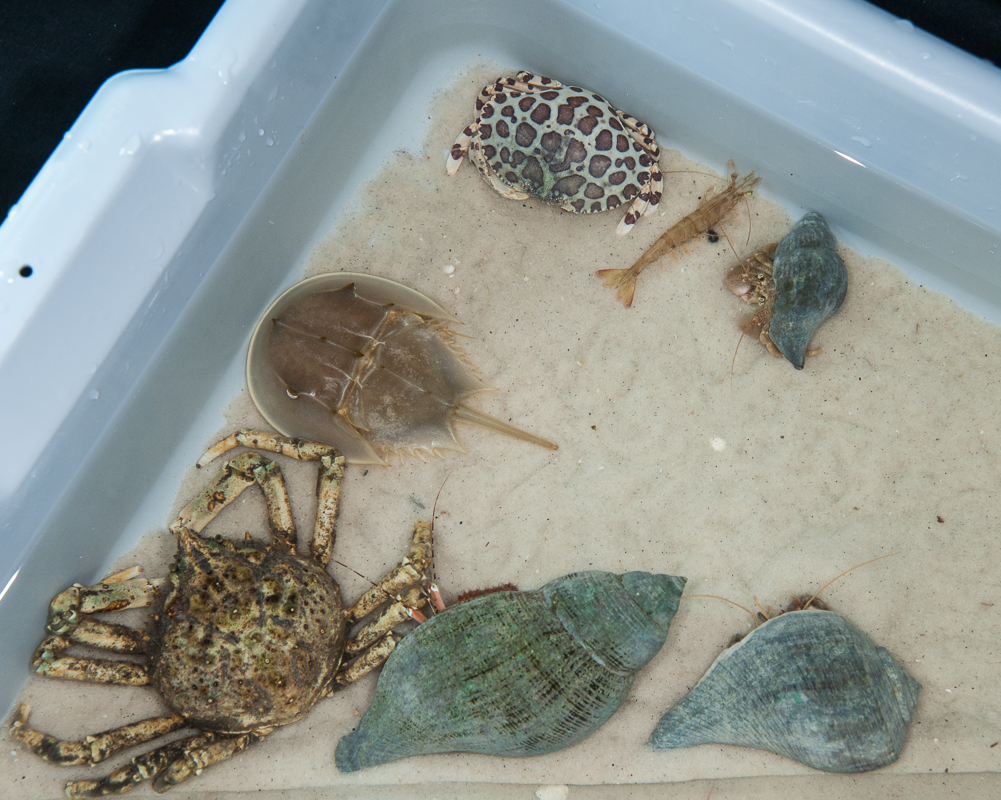
$135.00 – $270.00
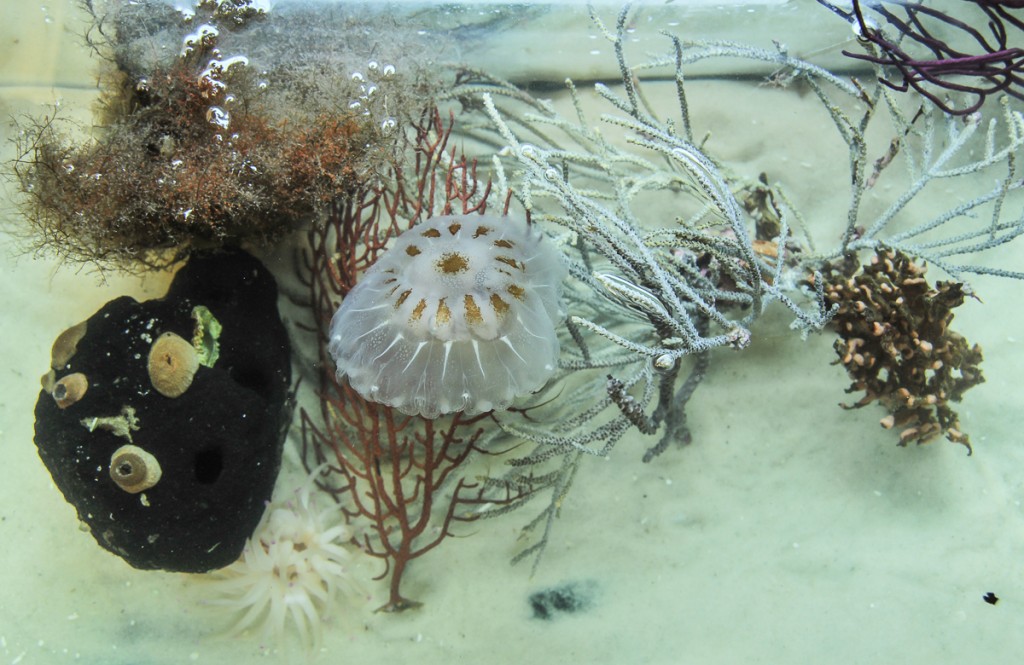
$135.00 – $270.00
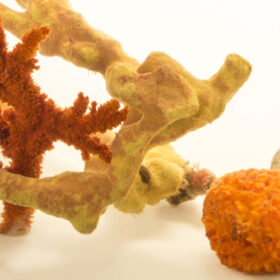
- Included are chitons, clams, mussels, whelks, snails, and nudibranchs. When abundant, scaphopods and/or frilled sea hares may be included.
$135.00 – $270.00
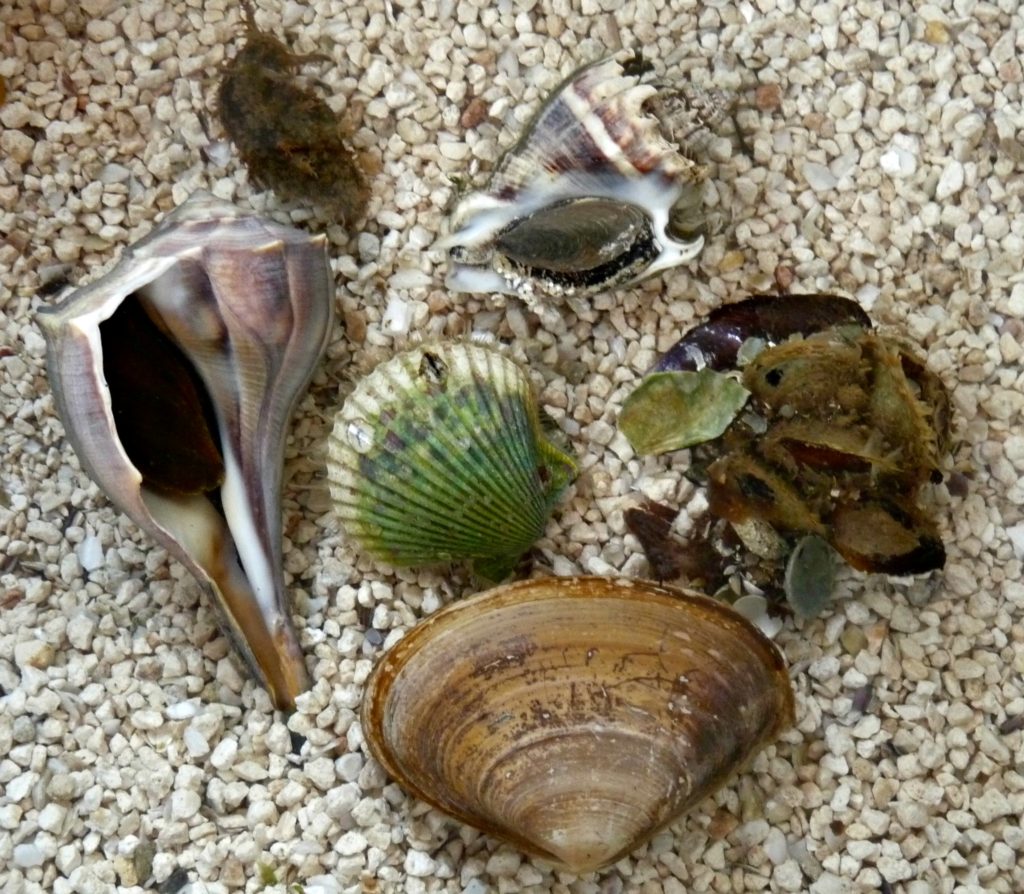
$99.00 – $129.50
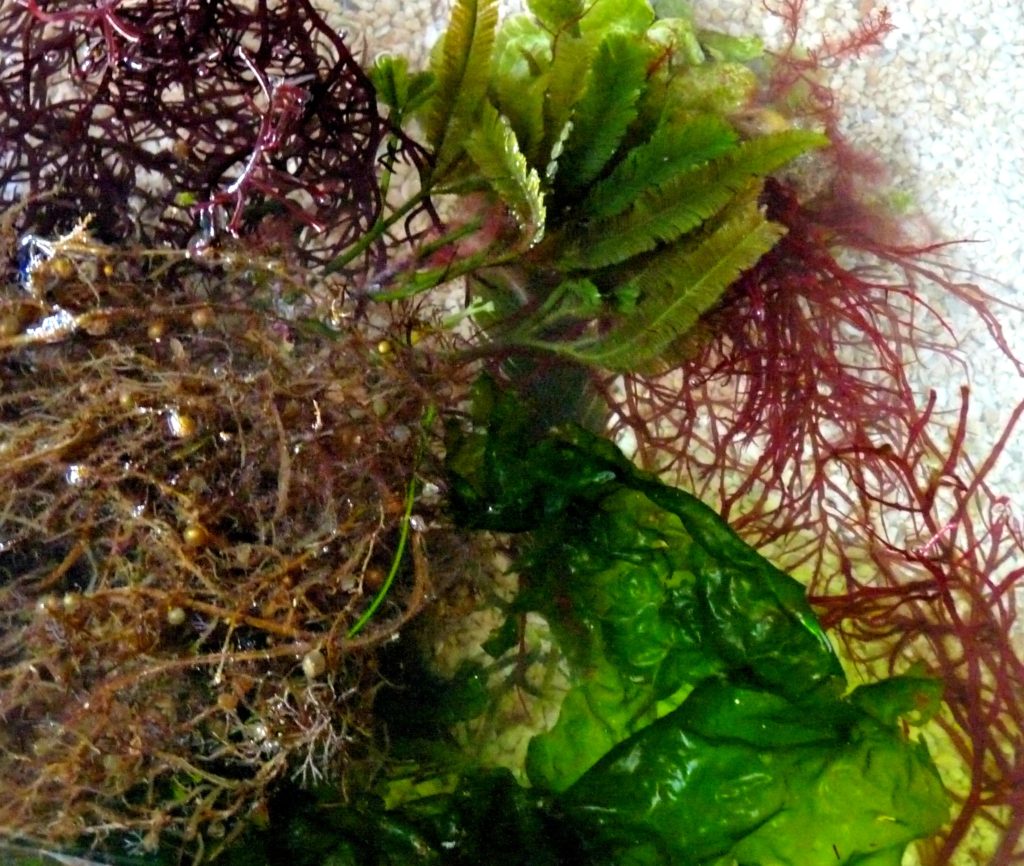
$135.00 – $216.50
$135.00 – $191.00
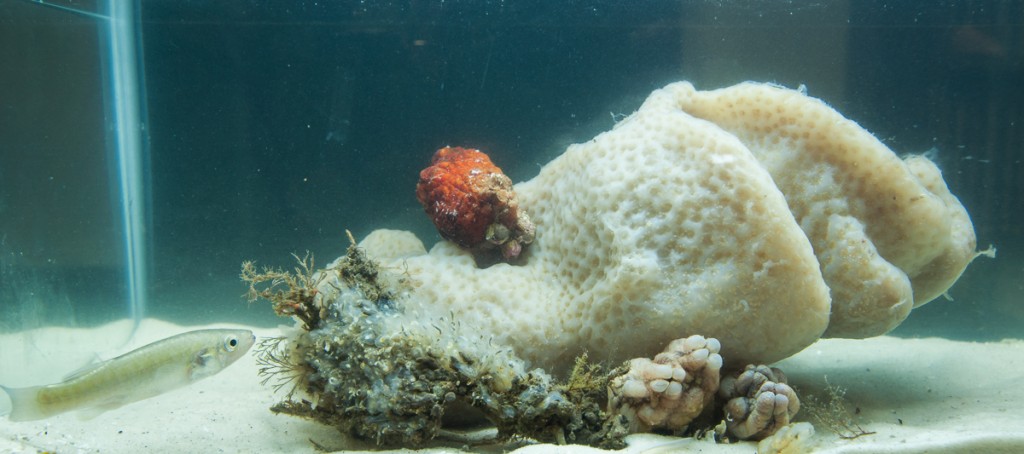
$135.00 – $270.00
Arius felis
Each Dozzen small ---123
Each Dozzen small ---123
Each Dozzen small ---123
Each Dozzen small ---123
$22.50
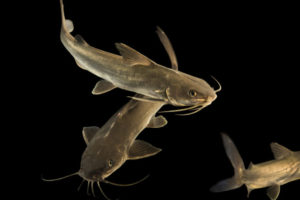
Hardhead sea catfish (Arius felis)
Spheroides nephelus
$25.50
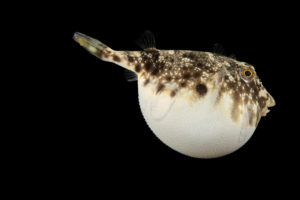
Southern puffer (Spheroides nephelus)
Lactophrys tricornis
$25.50
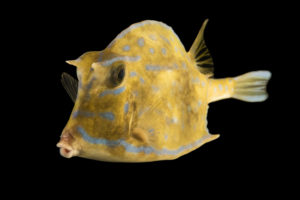
A cowfish (Lactophrys tricornis)
Balistes capriscus
$80.50
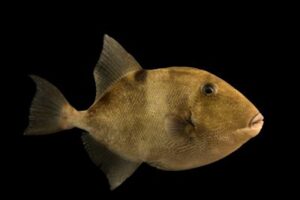
Grey triggerfish (Balistes capriscus) at Gulf Specimen Marine Lab and Aquarium.
Monacanthus hispidus
$13.00 – $17.00
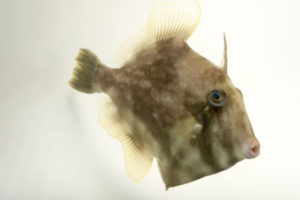
Gobiesox strumosus
$24.50
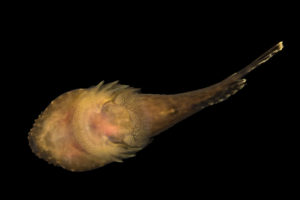
Clingfish or skilletfish (Gobiesox strumosus)
Symphurus plagiusa
$20.00

Trinectes maculatus
$22.50
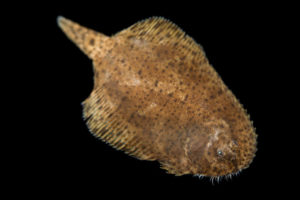
Hogchoker (Trinectes maculatus)
Paralichthys oblongus
$22.50
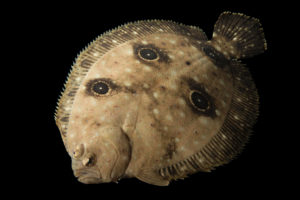
Four-spotted flounder (Paralichthys oblongus)
Paralichthys albigutta
$21.50 – $34.50
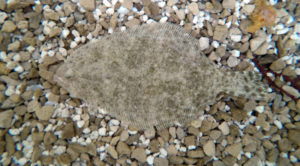
Mugil cephalus.
$22.50
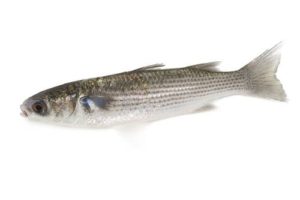
Serranus subligarius
$31.50
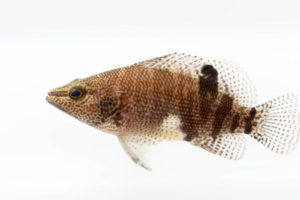
Belted sandfish (Serranus subligarius)
Chasmodes saburrae and other species
$17.00
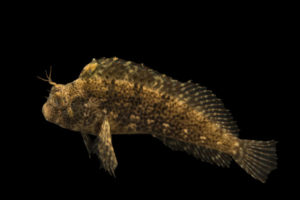
Feather blennie (Hypsoblennius henzi)
Halichoeres bivittatus
$17.50
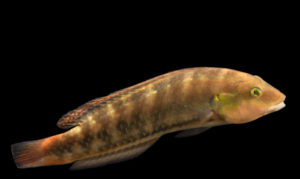
Green wrasse (Halichoeres bivittatus) at Gulf Specimen Marine Lab in Panacea, FL.
Prionotus scitulus, P. tribulus
$25.50
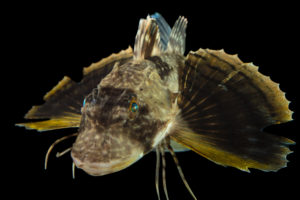
Bighead searobin (Prionotus tribulus)
Scorpaena brasiliensis
$29.00
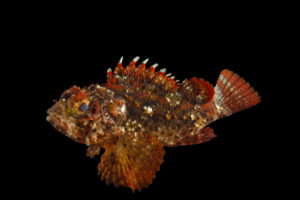
A scorpionfish (Scorpaena brasiliensis)
Chaetodipterus faber
$45.00 – $56.50
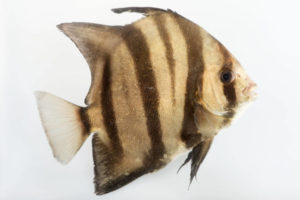
Atlantic spadefish (Chaetodipterus faber)
Diplodus holbrookii
$14.00

Lagodon rhomboides
$14.00

Lagodon rhomboides
$9.50 – $187.00
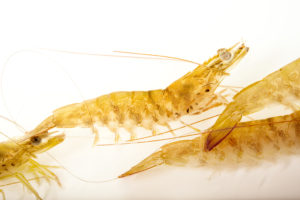
$22.50
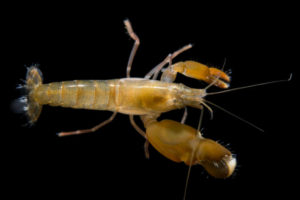
$39.00 – $306.50

$40.00
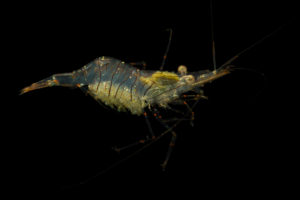
$11.50
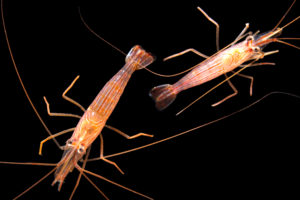
The hardiest of all species known in Gulf waters. They can live out of water for days, are vigorous, incorrigible feeders and have excellent visual responses. Their behavior and natural history have been widely studied. Frequents uppermost tidal horizons, often crawling up seawalls and tree stumps. Size: 6-10 cm.
$13.00

It is the largest species in the Western Atlantic. Its hairy red body, massive lobster like claws and bluish stalked eyes are a study in crustacean magnificence. Sporadic.
$34.00
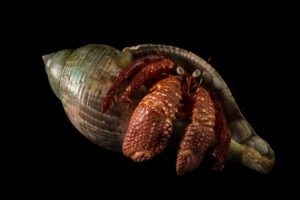
An an amusing, active species found in moon snail shells. Are prone to wearing cloak anemones (See Cn-270, Calliactis tricolor) whenever possible, and will steal them from each other in the aquarium. May emerge from shell if distressed, exposing its soft abdomen. Exhibits elaborate aggressive behavior; can be observed changing shells. Size of shell: 4-6 cm.
$17.50

$17.50
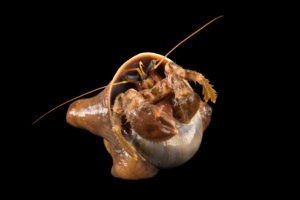
A small, active hermit that starts scurrying about the minute it is placed in your aquarium. Highly aggressive among themselves, they afford the aquarist with many fascinating hours as they bluff, fight and swap shells. Some specimens often jump out of their shells when handled, exposing their soft abdomens. Experiments have shown that Pagurus can discriminate between yellow and blue painted shells. Size of shell: 2 cm.
$9.50 – $48.00
